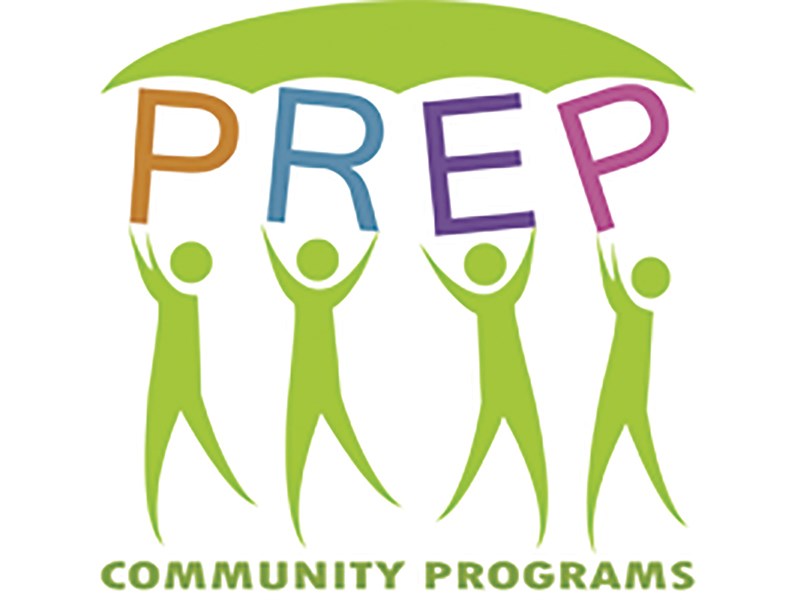A Powell River Centre for Diversity, Peace and Justice has been proposed by Powell River Employment Program Society (PREP).
PREP will be applying for a provincial gaming grant for the centre and it has the backing of politicians and organizations across the board.
According to the program description recently brought forward to qathet Regional District Committee of the Whole, the centre will provide access to resources, programs and services related to diversity and inclusion, peacemaking and community justice in an effort to improve and expand programs and services that have existed under the PREP umbrella for more than a decade.
PREP executive director Stuart Clark said particular attention will be paid to the importance of restorative justice.
“What’s needed is some kind of support structure,” said Clark. “Restorative justice has been happening for a long time. In fact, there has been presence on Texada Island for 10 years or more and restorative justice is growing in popularity. More and more communities are having a role in justice work.”
According to Community Justice System of the Comox Valley executive director Bruce Curtis, their program has been changing lives for 20 years with the skillful application of compassion, understanding and listening.
“It’s the stories that come out of restorative justice that are the most convincing evidence for its incredible success,” said Curtis. “The stories are profound. They are transformative. They are life-changing for the individuals involved both for complainants and the respondents.”
He added that more than just minor offences are dealt with. Cases that are much more serious, including property damage, arson, fraud, extortion and elder abuse are also handled.
Curtis said there are about 130 restorative justice programs in BC ranging from the very small, which have maybe three cases a year, to those with 300.
Clark said the courts are overloaded because 90 per cent of crime does not need to go before the bench.
“They're often really small things that can be done at the community level,” he said.
The difference between restorative justice and criminal justice is that the latter’s intent is to convict and punish. Alternatively, restorative justice aims to address the victim’s needs, mediate a resolution between them and the perpetrator, and hold offenders accountable.
“It's an old process,” said Clark. “It's been happening in indigenous circles for thousands of years. We're working with Tla'amin Community Justice because they have the wisdom of this to build a program here.”



